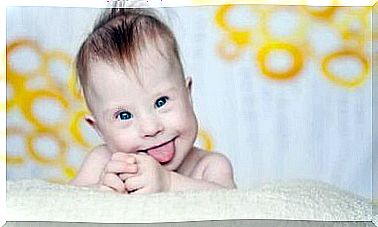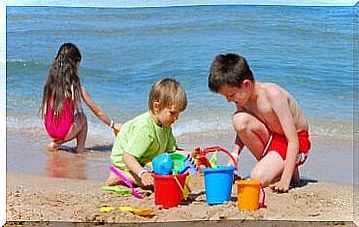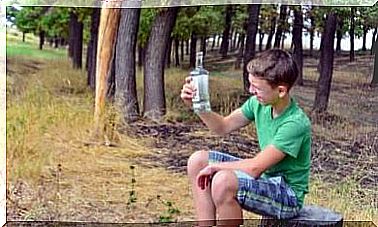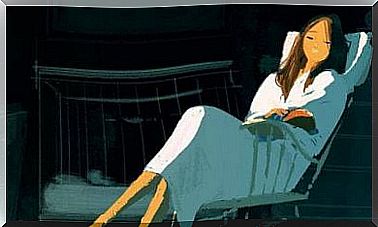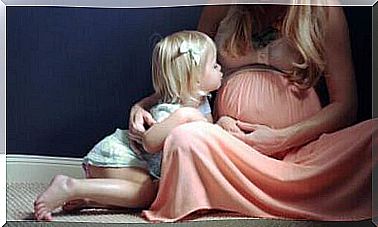Imagination In Children: Everything You Need To Know – Parenthood
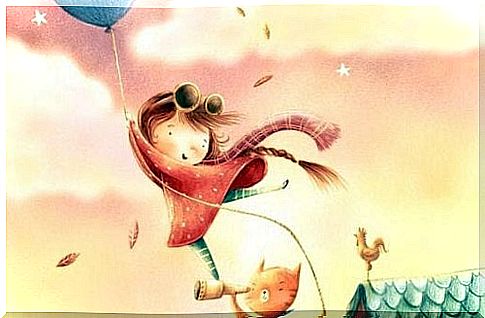
All parents are amazed at their children’s quick wit and ability to invent all kinds of things from scratch. Imagination in children is a particularly fertile ground. This is a very common quality among the little ones. Indeed, they use their imagination to understand the world around them and to communicate with those around them.
No matter what reality a child is in, they will always have their own perception of things. His imagination takes him by the hand to give him endless experiences. We are going to discover together the wonderful worlds that are in the heads of children.
What is the imagination in children?
It is difficult to define the imagination. It is a concept where the abstract mixes with the strange. Why ? Because there are no limits to the imagination. Imagination is innate in children who always need new experiences to understand the world around them. Imagination allows them to create original and unusual ideas that enrich their learning.
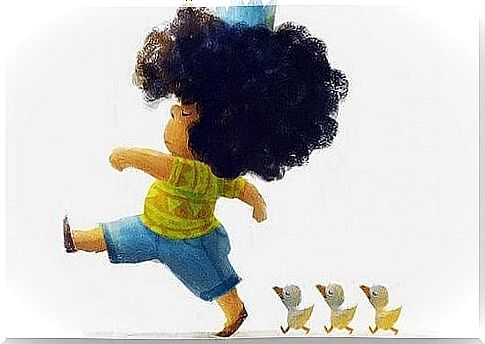
Features of imagination in children
The imagination is at the meeting of two factors: the outside world, where the children live, and their internal world, that is to say their way of seeing and interpreting what surrounds them. Children develop the particularity of combining knowledge and perceptions, then synthesizing and interpreting them. This ability allows children to learn and relate to data. This is especially noticeable when children play, eat, dress or tell each other stories. Indeed, these are ideal times to let your subjectivity speak. Perception and subjectivity are the most notable characteristics of the imagination.
Fantasy and imagination in children
We can distinguish fantasy and imagination. Imagination is about reinventing your reality. On the other hand, fantasy arises in reflection. It does not feed on reality. Fantasy depends on imagination, but these two characteristics do not develop in the same way in children. Imagination is a trait that does not go away in adolescents and adults. But fantasy is unique to children. This is why it is important for children to fully experience this stage of their development.
The development of imagination in children
Children’s brains are very complex. Indeed, it is during childhood that we build the synaptic connections that serve us throughout life. The more a synaptic connection is used, the more likely it is to persist. Much research emphasizes the importance of early childhood and, in particular, the first three years of life. Now is the perfect time to condition your little brain for multiple experiences. You can promote the development of his brain activity by reading him stories, by making him listen to music in different languages, by taking a walk … All these experiences will help him develop his imagination.
It is difficult to define how the imagination develops in babies. Indeed, we do not have access to their thoughts. We start by presenting them with scenarios, based on a pre-established pattern, of which they recognize themselves as the protagonists. It is a didactic method used by parents and school teachers, which allows children to strengthen their brain activity, especially their imagination.
Imagination in children 1 to 3 years old
At this age, children’s imaginations are largely based on imitation. Indeed, the little ones start by imitating what is happening around them. For example, when they hear a dog barking, they want to make the same noise. It is by imitating that they learn and develop their imaginations.
Imagination in kindergarten children
As they instinctively imitate the world around them, children integrate archetypal models of our society. We notice it in the way they play. For example, little girls play at home and at mom. Little boys can also participate in this kind of game with their dolls and soft toys.
Imagination in primary school children
At this age, children forge links with other children more naturally. They begin to play in groups, which allows them to pool their imaginations. They are motivated by their curiosity and their desire to live new experiences. In primary school, children no longer need to imitate. Indeed, they can free themselves from reality to create with more daring. It is at this stage of their development that their imagination is most abstract.
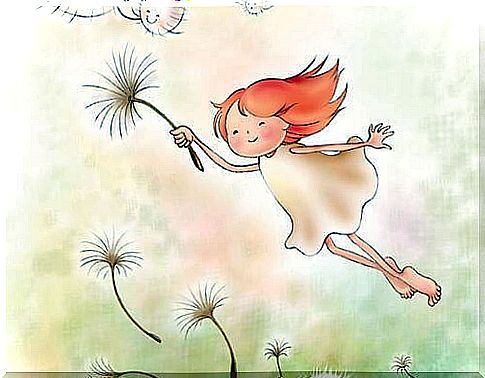
Imagination in autistic children
The main characteristic of autism is resistance to any learning. It is for this reason that autistic children escape reality by inhabiting an imaginary inner world. The imagination of autistic children is particularly rich and complex. This is not necessarily noticeable, because they do not always have the language and motor skills to show it. Children with autism have a very different imagination, which breaks free from the rules of logic and reason. It is still a subject of research in neuroscience.
How to stimulate the imagination in children?
- Encourage the children to create their own versions.
- Let them explore their abilities.
- Encourage them to find out for themselves.
- Play is a great way to develop children’s imaginations.
Lack of imagination in children
Loss of confidence, lack of stimulation and overly rigid frameworks in homes or schools lead to a loss of imagination in children. It can also happen when you criticize children’s creations and force them to create something logical and reasonable. If your child is in this situation, you have to give him more freedom and start from scratch. Observe it and learn to understand it. Suggest activities that appeal to them and that stimulate their imagination. He will eventually regain confidence in himself and in his abilities.

